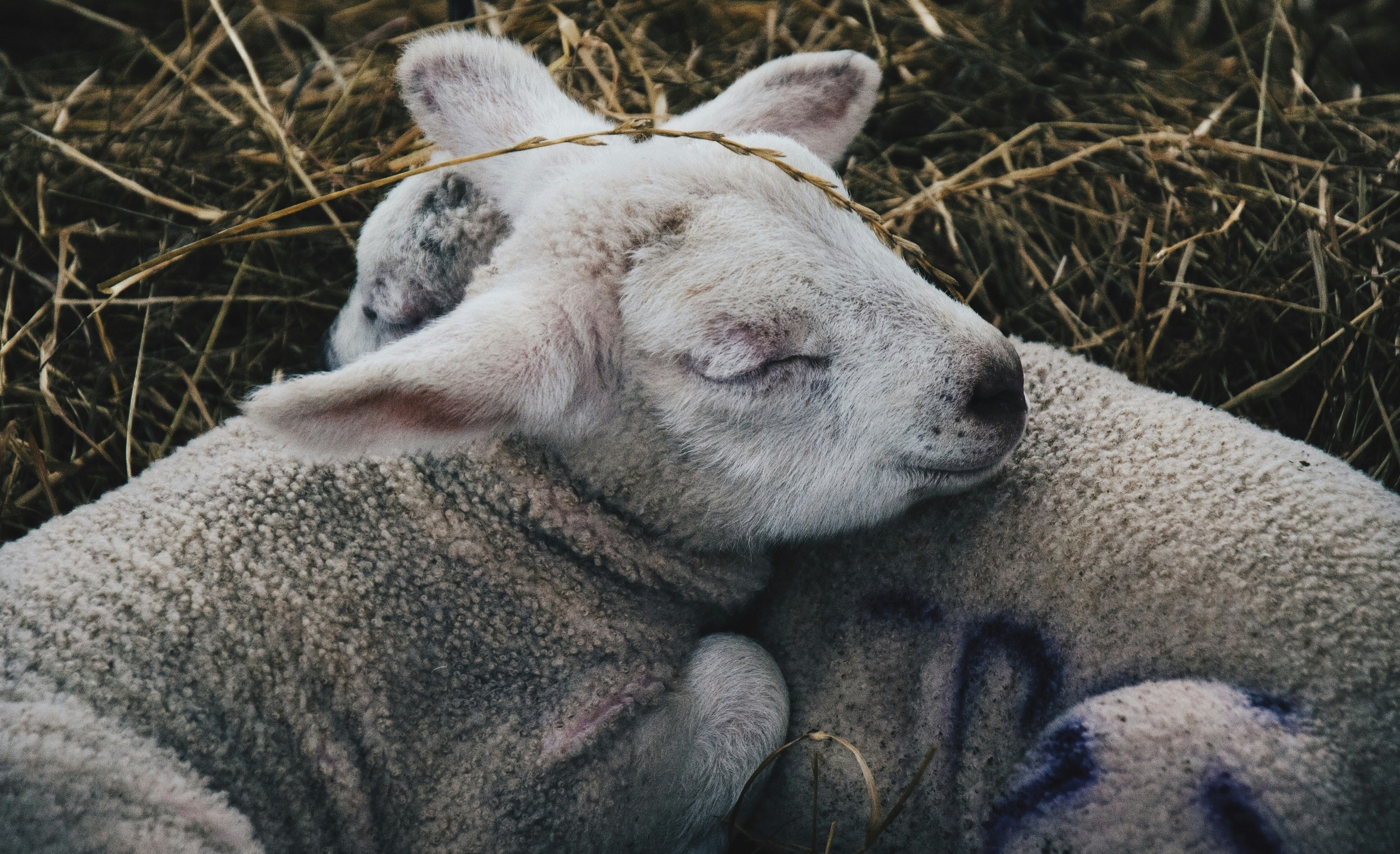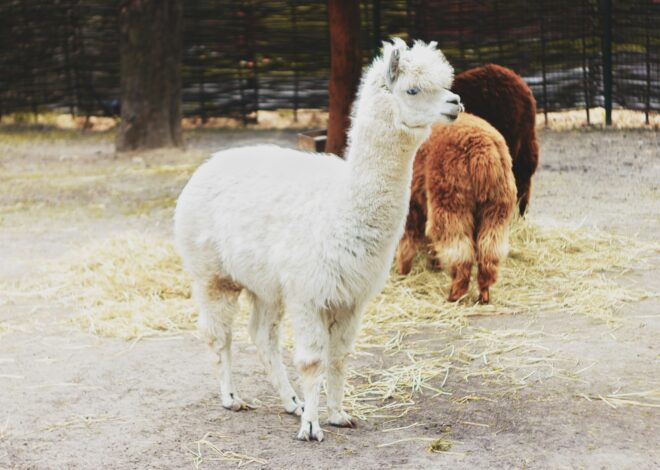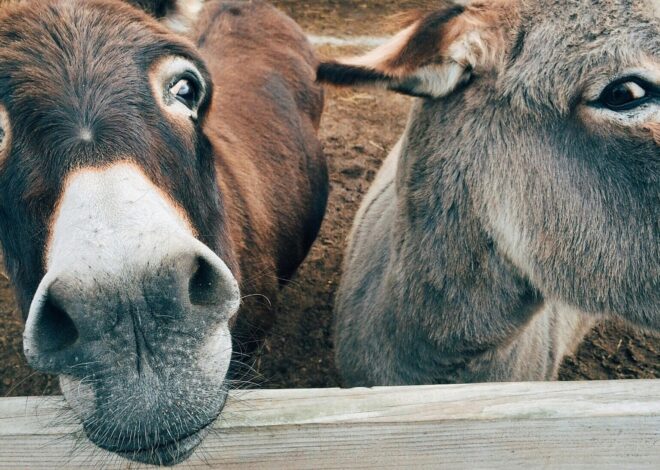
How To Raise Lambs
Welcome to our guide on how to raise lambs. Raising lambs can be one of the most rewarding experiences for any farmer or hobbyist. There’s something truly special about nurturing these adorable creatures as they grow from tiny, wobbly newborns into strong, playful adults. Not only do lambs bring joy and companionship to your farm, but they also offer numerous benefits that extend beyond their cuteness.
Whether you’re looking to produce high-quality meat or wool, or simply want to enjoy the delightful presence of these gentle animals in your life, understanding how to raise lambs is essential. This guide will provide you with all the information you need—from choosing the right breed to mastering their care—so you can embark on this fulfilling journey with confidence and ease.
Benefits of Raising Lambs
Raising lambs offers a wealth of benefits for both hobbyists and farmers alike. These delightful animals are often seen as a gateway to sustainable farming practices. One major advantage is their ability to graze on grass, reducing the need for lawn maintenance while providing natural fertilizer through their manure. This can boost soil health and promote biodiversity.
Lambs also have a gentle demeanor, making them perfect companions. They are social creatures that thrive in herds, creating an engaging atmosphere on your farm. Moreover, raising lambs can be economically rewarding. Selling wool or meat from your flock opens up additional revenue streams.
Many farmers even find joy in breeding and selling healthy lambs to others looking to start their own flocks. Beyond financial incentives, there’s something uniquely fulfilling about nurturing these animals from birth to adulthood. The bond formed with each lamb fosters a deeper connection to nature and agriculture.
Choosing the Right Breed for Your Farm
Choosing the right breed of lamb is crucial for a successful farming experience. Each breed has unique characteristics suited to different environments and purposes. Consider whether you want your lambs primarily for meat, wool, or milk production.
For example, Suffolk sheep are known for their excellent meat quality, while Merinos excel in producing fine wool. Additionally, think about your climate and land conditions. Some breeds thrive in certain weather patterns better than others.
You might find that hair sheep like Katahdins do well in warmer areas without much shearing required. Don’t forget about temperament too! Some breeds are more docile and easier to manage than others. This can make handling them simpler, especially if you’re new to raising livestock. Researching each option will help you select a breed that aligns with your goals and lifestyle on the farm.
Preparing for Your First Lamb
Preparing for your first lamb involves more than just excitement. It’s essential to create a safe and comfortable environment. Start by setting up a cozy space in your barn or shed. Ensure it is clean, dry, and well-ventilated. A warm bed of straw or hay will help keep the lamb snug.
Next, gather necessary supplies like feeding bottles if you’re hand-rearing, as well as appropriate feed formulated for young lambs. Water should always be fresh and accessible. Don’t forget about fencing! Secure boundaries are crucial to protect your new addition from predators and prevent wandering off.
Also, familiarize yourself with basic lamb care techniques. Learning how to check vital signs can come in handy during those early days. Consider companionship; keeping at least two lambs together helps them feel secure and promotes healthy social behavior.
Feeding and Nutrition for Healthy Lambs
Feeding lambs properly is crucial for their growth and development. Start with high-quality hay or pasture, as it provides essential nutrients and fiber. As they grow, introduce a balanced grain mix tailored for lambs. This helps support their energy needs during critical growth phases.
Ensure that the feed contains adequate protein levels to promote muscle development. Fresh water should always be accessible. Dehydration can hinder their health quickly, so keep a clean trough filled at all times. Minerals play a significant role in overall wellness too.
Offering mineral blocks specifically designed for sheep ensures that your lambs receive necessary vitamins and minerals. Watch out for signs of overfeeding, like bloating or lethargy. Adjust portions accordingly to maintain optimal health while promoting steady growth rates without compromising safety.
Health and Care Tips for Raising Strong Lambs
Maintaining the health of your lambs is crucial for their growth. Start with regular veterinary check-ups. Vaccinations protect against diseases common in young sheep. Ensure they have access to clean water at all times. Dehydration can stunt growth and weaken their immune system.
A clean living environment is essential. Regularly remove waste and provide fresh bedding to prevent infections. Pay attention to grooming; it helps reduce parasites like lice or ticks that can harm your flock’s health. Monitor their weight closely. A sudden drop may indicate illness, requiring immediate attention.
Nutrition plays a vital role too. Quality hay, grains, and minerals keep them strong and vibrant. Observe behavior regularly. Changes in activity levels or eating habits can signal underlying issues that need addressing promptly.
Training and Socializing Lambs
Training and socializing lambs is essential for developing friendly, well-adjusted animals. Start by spending time with your lambs daily. Gentle handling helps them get used to human interaction. Introduce basic commands using positive reinforcement.
Simple cues like “come” or “stay” paired with treats can facilitate learning. Always use a calm voice; this fosters trust between you and the lamb. Socialization is equally important. Allow your lambs to interact with other animals in safe environments. This exposure builds their confidence and reduces fearfulness.
Keep training sessions short and fun, as young lambs have limited attention spans. Consistency is key; practice regularly to reinforce lessons learned. Be patient during the process. Each lamb has its personality, so adapt your approach accordingly for better results in training them effectively.
Common Challenges and How to Overcome Them
Raising lambs comes with its set of challenges. One common issue is ensuring they stay healthy. Young lambs are vulnerable to various diseases, so vaccinations and regular check-ups are essential. Another hurdle can be feeding. Not all feed is suitable for every breed or age group.
It’s important to research specific nutritional requirements and adjust the diet accordingly as they grow. Behavioral problems may arise too. Lambs can be skittish, making handling difficult at times. Patience is key—spending time with them helps build trust.
Weather conditions also pose a challenge, especially in extreme temperatures. Providing adequate shelter and bedding ensures their comfort through harsh weather spells. Securing proper fencing prevents escapes and protects them from predators. Strong enclosures not only keep your flock safe but also give you peace of mind while they graze freely.
The Joy of Raising Lambs: Personal Stories from Farmers
Raising lambs brings a unique blend of joy and fulfillment that keeps farmers coming back for more. One farmer recalls the first time he witnessed a newborn lamb take its first steps. The sheer innocence and curiosity sparked an overwhelming sense of wonder. Another shared how they developed a bond with their flock.
Every morning, the playful antics of these creatures light up the day. Watching them frolic in fresh pastures is nothing short of heartwarming. A local shepherd spoke about community connections formed through raising lambs. Seasonal fairs bring together farmers who exchange tips, experiences, and even favorite recipes featuring their homegrown meat.
The laughter and love woven into everyday chores remind many that this journey goes beyond agriculture; it’s about nurturing life itself, forging memories that last long after harvests are complete. Each story resonates deeply within those who embrace this rewarding endeavor.
Conclusion: Raising Your Own Lambs
Raising your own lambs can be a fulfilling and rewarding journey. From the joy of watching them grow to the satisfaction of knowing you are contributing to sustainable farming practices, every step along the way brings its own set of experiences. The bond you’ll develop with these animals is unique and can lead to lasting memories. As you embark on this adventure, remember that patience is key.
Each lamb has its personality, quirks, and needs that will require your attention. Embrace the learning curve; it’s all part of the process. Whether you’re looking for companionship, wool production, or meat for your family table, raising lambs offers various opportunities.
With proper care and commitment, you’ll find it becomes more than just a task—it’s an enriching lifestyle choice filled with growth and connection. So take that first step into raising lambs. Equip yourself with knowledge and support from fellow farmers or local resources. You’ll soon discover how incredibly rewarding this endeavor can be as you nurture these delightful creatures on your farm.



